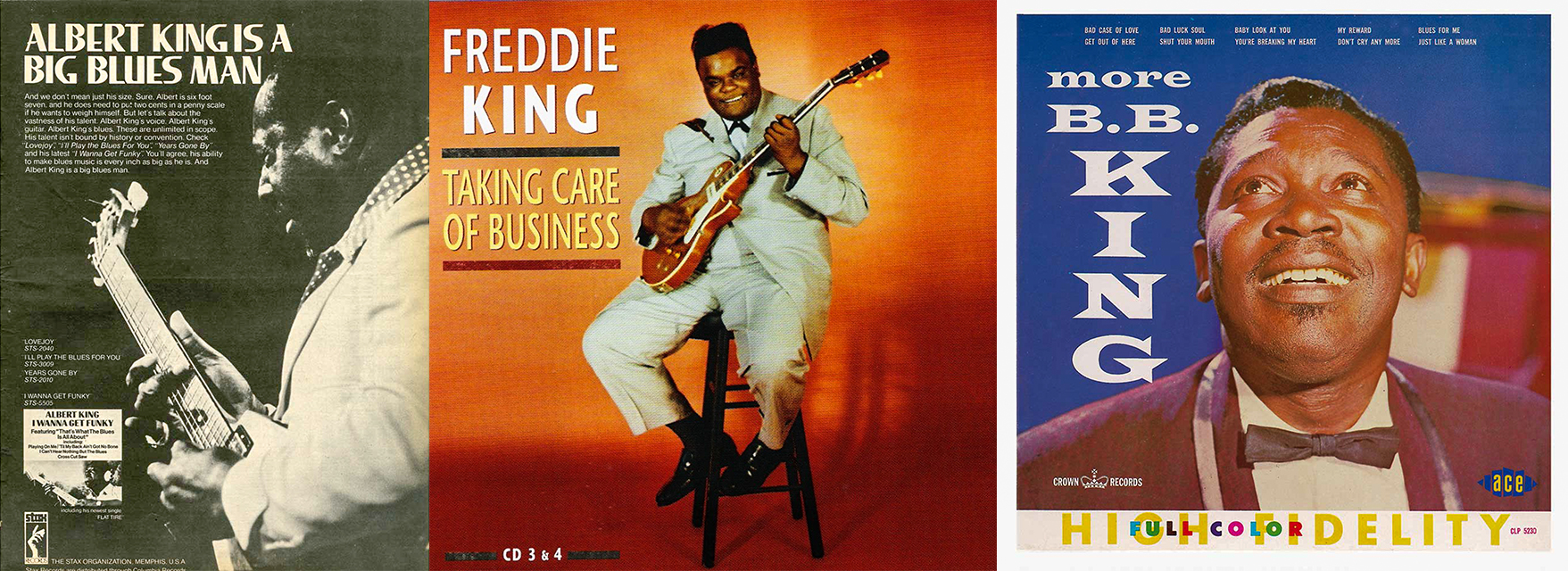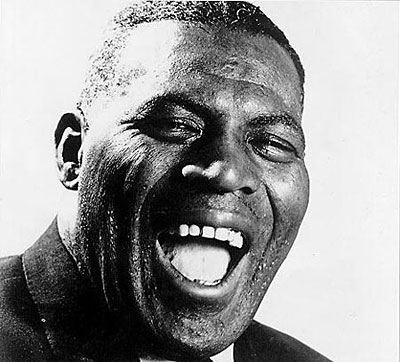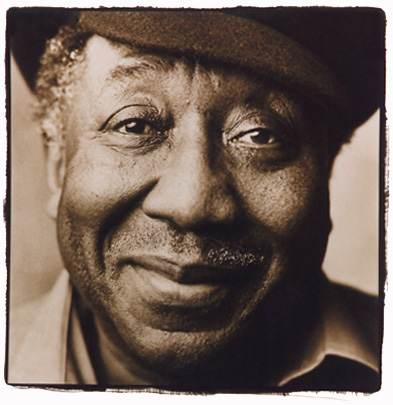I left Copenhagen station last night on the night train to Amsterdam. If you’ve never taken a night train you have two main options. I sitting car or a sleeper car (couchette), Don’t even get me started on the commuter car option (basically it’s not one, you don’t want it). For the first few stops, I had the room to myself and thought I was a pretty lucky guy. Somewhere in rural Denmark, I was joined by a young almost-college aged kid who was going to his first trip to Amsterdam. His english was just good enough for me to realize that he wasn’t there to see the canals. He was an amiable guy and after awhile I went to the shower room to charge my devices.
When you take the German trains on an overnight trip, sometimes you have modern trains and sometimes you don’t. If you’re lucky enough to be on an old-style train, don’t be surprised if the conductors are a bit grumpy when you ask where you can find an outlet. They’re just as tired of people asking as people are of asking the question.










